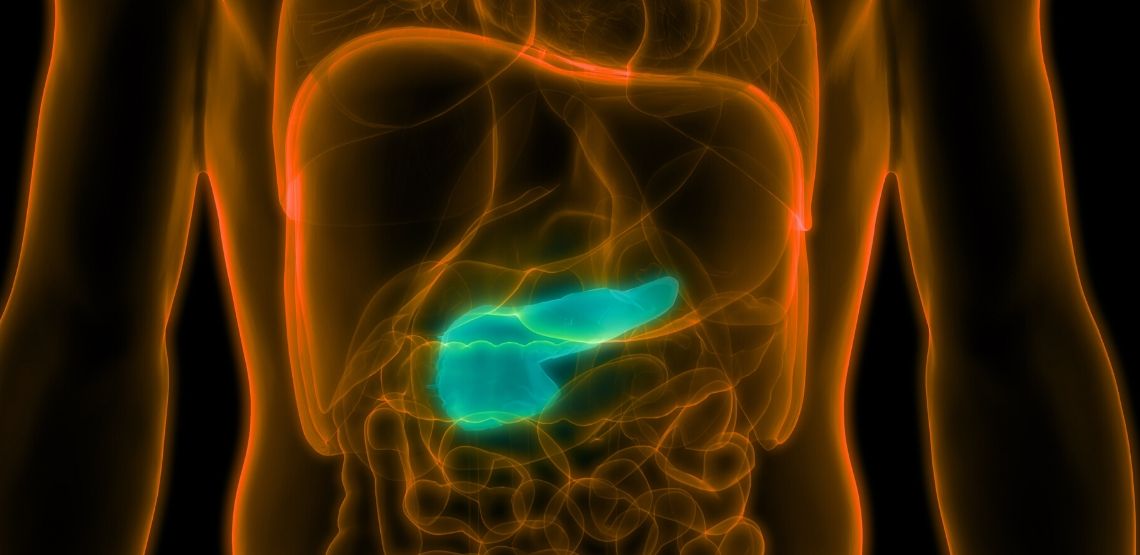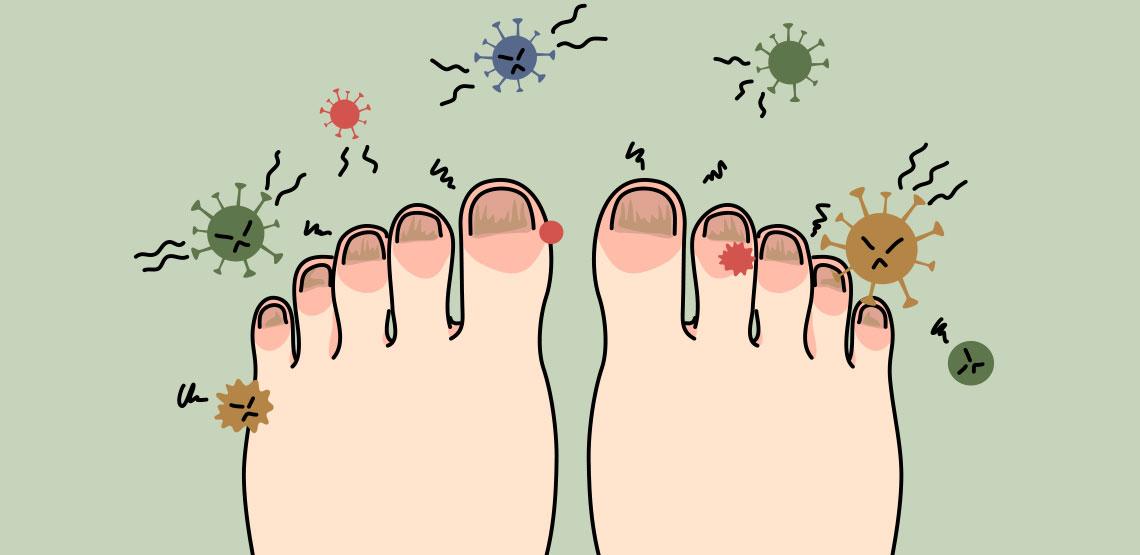What are Pancreatic Cancer Symptoms?
Pancreatic cancer is a type of cancer that originates in the tissues of the pancreas, which is a gland organ located in the abdomen that sits behind the stomach. It is an annexed organ of the digestive tract.
The regions of the pancreas include the head, neck, body and tail. This organ is a part of the digestive system as it secretes digestive enzymes, bicarbonate and water into the intestine. These digestive enzymes are necessary for converting the food you consume into molecules, so it can then be absorbed and used by the body.
Additionally, the pancreas secretes the hormones glucagon, insulin, somatostatin and pancreatic polypeptide. So, when someone develops pancreatic cancer, it can become a pressing issue.
What is Pancreatic Cancer?
Approximately 95% of exocrine tumors are adenocarcinomas. These tumors typically start in the ducts that line the pancreas, although they may develop from the cells that are responsible for making pancreatic enzymes. Many ductal adenocarcinomas begin in the head of the pancreas, but they can also start in the tail or body of the pancreas. This type of pancreatic cancer is more common in men than women, and usually develops between 60 and 80 years of age.
There are also numerous rare types of pancreatic cancer including:
- Adenosquamous carcinoma - occurs more commonly in men compared to women and can develop at any age.
- Pancreatic neuroendocrine tumors – can develop in any part of the pancreas, they are more common in men compared to women and typically develop in individuals over the age of 60.
- Acinar cell carcinomas – can lead to skin lumps on the legs, arms, chest, scalp, or abdomen. They can also lead to the development of arthritis, causing pain with joint movement. They also occur more often in men compared to women and can occur at any age.
- Cystadenocarcinoma – typically affect individuals that do not have a history of pancreatitis; they affect women slightly more often than men and can occur at any age.
- Pleomorphic adenocarcinoma – affect men more than women and usually develop in individuals between the ages of 60 and 70.
- Microadenocarcinoma – are often large tumors and develop in the tail or head of the pancreas around the age of 40 years.
- Pancreatoblastoma – most commonly develop in children.
- Oncocytic carcinoma – very rare so there is not enough data to determine the age and demographic distribution of these tumors.
- Lymphoma – this very rare pancreatic cancer begins in the lymphocytes of the pancreas. It tends to affect men more than women and is usually diagnosed around 65 years of age.
- Sarcoma – a rare type of tumor beginning in the connective tissues. Usually pancreatic sarcomas are due to metastasis of abdominal sarcomas.
Related Search Topics (Ads)
Causes
In most cases, the cause of pancreatic cancer is not clear. However, risk factors have been identified. These risk factors include both non-modifiable and modifiable factors.
Non-modifiable Risk Factors
- Increasing age – pancreatic cancer is most common in adults over 55 years of age, with the majority of those affected being over 70 years of age.
- Sex – there is a higher incidence of pancreatic cancer in males compared to females.
- Ethnicity – there is a higher incidence of pancreatic cancer in African Americans, while incidence rates are lowest in Pacific Islanders and Asian Americans.
- Family history and genetic susceptibility – individuals with a family history of pancreatic cancer have a higher risk of developing pancreatic cancer compared to those with no family history of the disease.
- Diabetes – diabetes is an important risk factor for pancreatic cancer. It is important to note that diabetes may be the first sign of pancreatic cancer.
Modifiable risk factors
- Smoking – cigarette smoking is considered the most important modifiable risk factor in pancreatic cancer, with a strong positive association for the development of the disease.
- Alcohol – individuals who consume alcohol regularly have a higher risk of pancreatitis, which favors the growth of pancreatic cancer.
- Chronic pancreatitis – chronic pancreatitis involves inflammation of the pancreas that leads to fibrosis, which may be linked to an increased risk of pancreatic cancer.
- Obesity – statistics show a higher incidence of pancreatitis and consequently pancreatic cancer in areas of the country where there are higher rates of obesity.
Signs and Symptoms
Often, signs and symptoms of pancreatic cancer do not occur until the disease has progressed and is in an advanced stage. Symptoms may include:
- Upper abdominal pain that may radiate to the back
- Unexplained weight loss
- Decreased appetite
- Feeling of fullness
- Nausea
- Fatigue
- Jaundice (yellowing of the whites of the eyes or skin)
- Depression
- Blood clots
- Dry mouth
- New onset diabetes
- Palpable abdominal mass
- Sleep difficulties
Complications of Pancreatic Cancer
As pancreatic cancer spreads it can cause numerous complications including:
- Weight loss
- Jaundice
- Pain
- Bowel obstruction
Prevention of Pancreatic Cancer
You may help to reduce your risk of developing pancreatic cancer by:
- Quitting smoking
- Consuming a healthy diet
- Maintaining a healthy weight
When to See a Doctor
If you start experiencing persistent abdominal pain, fatigue, jaundice, unexplained weight loss, or other worrisome symptoms, consult your doctor. While many of these symptoms can be the result of other conditions, they also may indicate pancreatic cancer.


